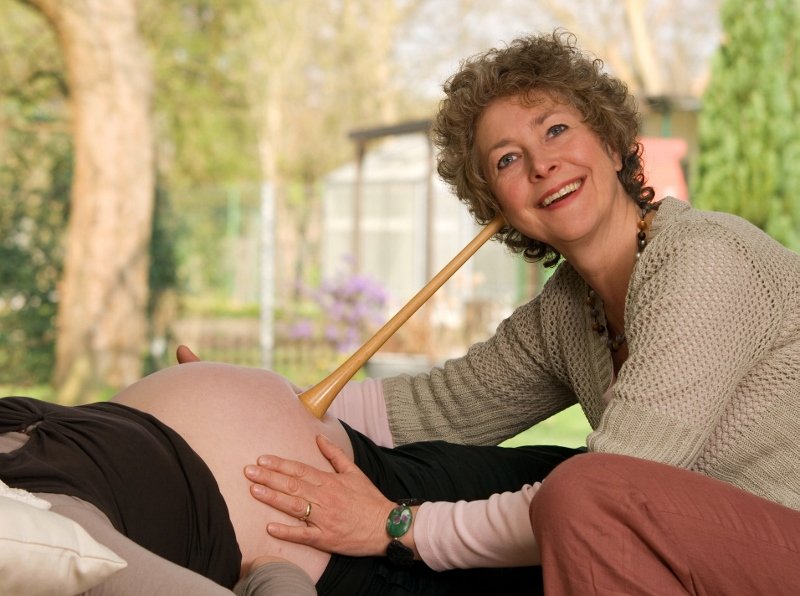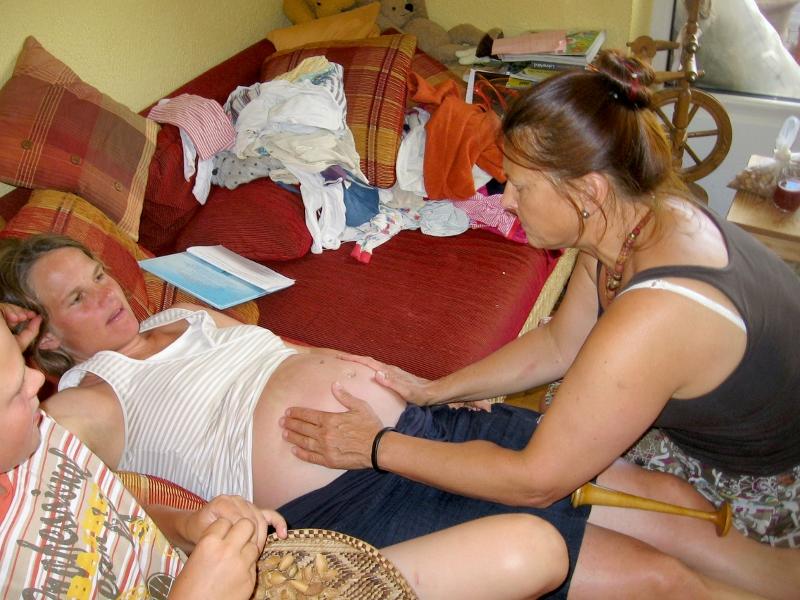Nationwide Inventory of Intangible Cultural Heritage
Midwifery

Midwives have fundamental medical, anatomical and obstetrical knowledge, which has been mediated for generations from midwife to midwife. Today, midwives are trained in 1600 theory and 3000 practice lessons at a midwifery school or college.
Facts & figures
Crucial date: all seasons
Inscription: 2016
Domains: knowledge and practice concerning nature and the universe; traditional craftsmanship
Where to find: nationwide (also abroad)
Contacts
Deutscher Hebammenverband e.V.
Andrea Ramsell
@email
www.hebammenverband.de
Bund freiberuflicher Hebammen Deutschlands e.V.
Reinhild Bohlmann
@email
www.bfhd.de
Hebammen für Deutschland e.V.
Lisa von Reiche
@email
www.hebammenfuerdeutschland.de
Midwives accompany soon-to-be mothers from the beginning of pregnancy to the end of breastfeeding. This can encompass two years and more. During pregnancy, midwives take precautionary examinations and advise or assist with complaints or the choice of birthplace. On the basis of tactile findings they can record size, location and vitality of the child.
With the aid of a fetoscope, midwives can hear the child’s heart beats. A midwife is responsible for getting an idea of the woman’s and child’s condition and the course of the childbirth and assesses whether it is necessary to consult a doctor due to complications.
After birth, she controls the reconstruction of the uterus, observes the child's development, and instructs in breast or bottle feeding. She accompanies families on their passage to a new life. Overload and high liability risks lead to sometimes difficult working conditions for midwives.
Everywhere in the world, experienced women support others during childbirth. One of the oldest testimonies of midwifery is a temple painting from the 3rd century BC, showing the birth of Pharaoh triplets of the Egyptian sun god Re.





